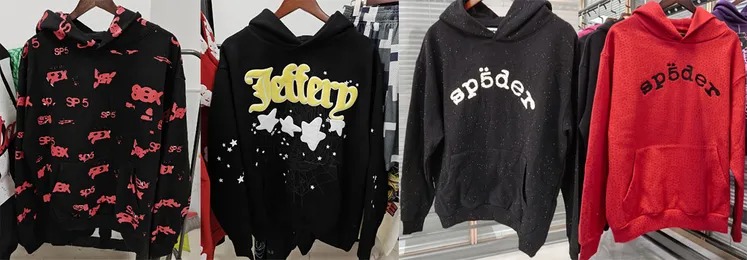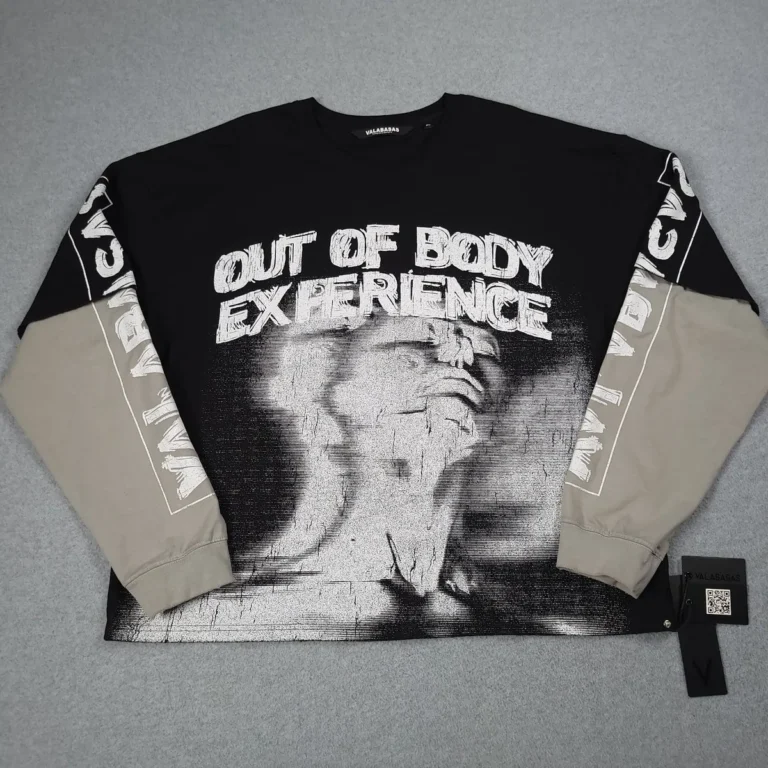How to Train a New Team Member Using AI Ad Maker Workflows (Without Overwhelm)
Bringing a new teammate up to speed shouldn’t mean pausing campaigns for two weeks. With a clear playbook, you can turn a newcomer into a confident, self‑sufficient operator in days—not months. Below is a practical, human, and battle‑tested onboarding plan you can copy, adapt, and roll out today.
Phase 0 (Day 0–1): Set the Stage
Goal: Remove friction so your new hire spends day one doing—not hunting logins or guessing brand rules.
Access & setup
- Provision logins: ad maker, ad platforms, analytics, asset library, brand kit, and project board.
- Share the one‑page brief template and a sample winning campaign (assets + post‑mortem notes).
- Pin naming conventions and folder structure:
- Campaign: YYMM_Channel_Objective_Product
- Ad Set: Audience_Stage_Placement
- Ad: Hook_Format_CreativeID_Version
- Campaign: YYMM_Channel_Objective_Product
Brand guardrails (snackable)
- Tone: friendly‑expert, no exclamation spam, avoid buzzwords.
- Visuals: approved colors, logo placement, safe imagery.
- Compliance: disclaimers, restricted words, offer rules.
Calibration check
- Give them 10 minutes to skim a “Best‑of” creative folder and write three bullet insights: what hooks we use, how we structure value, and how we close. You’ll spot gaps instantly.
Phase 1 (Days 2–3): Shadow → Click → Repeat
Goal: Learn the end‑to‑end workflow by doing one contained campaign together.
The live walkthrough
- Draft a one‑page brief: objective, audience, offer, constraints.
- Generate 3–5 options (not 50) for hooks, primary text, visuals, and CTAs.
- Curate top 2 variants; light edits for voice and visual fit.
- Export, upload, QA (spellcheck, truncation, policy) and publish.
- Set automated rules: pause losers, boost winners, cap frequency.
Quality rubric (use this every time)
- Clarity: lead with benefit; no jargon.
- Relevance: audience pain + proof.
- Scannability: short lines, strong verbs, clean layout.
- Continuity: ad promise matches landing page.
- Policy: claims and comparisons pass platform rules.
Mini‑assignment: They duplicate the workflow for a low‑risk audience or a retargeting set, with you watching just the final QA.
Phase 2 (Week 1): Guided Ownership
Goal: Ship independently with small guardrails.
Daily rhythm
- Morning: check dashboards; flag outliers (CTR, CPC, CPA, frequency).
- Midday: rotate 1–2 creatives if early fatigue shows; document changes.
- EOD: post a 5‑line update (what launched, what paused, what learned, what next, any blockers).
Testing discipline
- Test themes, not micro‑tweaks: new angle, new visual style, new CTA tone.
- Minimum viable test set: 1 control + 2 challengers.
- Stop criteria: <0.4% CTR after 500 imps or CPA > target × 1.3.
Artifact hygiene
- Save winners with reason why (hook, audience, context).
- Archive prompts alongside final assets for fast cloning later.
Phase 3 (Week 2): From Operator to Optimizer
Goal: Move beyond “launch” into “learn and scale.”
Analysis to teach
- Read patterns, not just top lines: which emotions, which formats, which devices?
- Segment lenses: new vs. returning, mobile vs. desktop, age bands.
- Funnel lens: TOFU hook → MOFU proof → BOFU offer—what’s missing?
Simple experiments that move needles
- Swap copy angle (fear → relief; speed → simplicity).
- Switch visual mode (product macro → lifestyle context; bright → muted).
- CTA change (command → benefit; “Buy Now” → “See It Work”).
Process win
- Introduce a “two‑hour sprint”: pick one bottleneck metric, run 3 micro‑tests, log a one‑slide result.
Phase 4 (Week 3): Ownership + Scale
Goal: Let them run a campaign end‑to‑end with your sign‑off, and document the playbook they’ll reuse.
Expected outputs
- A fresh campaign shipped with full artifact trail (brief → assets → rules → report).
- A 1‑page SOP titled “How I Launch in 90 Minutes,” covering:
- Brief
- Generate
- Curate
- QA & Publish
- Rules
- Monitor & Rotate
- Report
- Brief
Peer review
- 20‑minute retro with a designer and a media buyer: what worked, what to tweak next cycle.
Tools, Templates, and Shortcuts
- One‑page brief: objective, ICP, offer, constraints, success metric.
- QA checklist: truncation, spelling, policy, link, UTM, pixel events.
- Naming & folders: consistent IDs so dashboards map cleanly.
- Creative vault: winners, near‑winners, and prompts that made them.
- Change log: date, action, hypothesis, outcome (yes/no/neutral).
Meeting cadence
- Stand‑up (10 min daily): blockers + today’s launch/learn.
- Creative review (30 min, twice weekly): 6–8 assets max; decide fast.
- Weekly recap (15 min): top 3 insights, next 3 actions.
Common Pitfalls (and How to Dodge Them)
- Over‑generation: 40 ideas = decision paralysis. Cap to 5, curate hard.
- Prompt drift: different tone every week. Pin voice rules in the brief.
- Data thrash: changing too many variables at once. One lever per test.
- Landing page mismatch: killer ad, meh page. Mirror headline, CTA, color.
- No paper trail: can’t replicate wins. Save the prompt + the file path.
“Graduation” Criteria
Your new teammate is ready to fly solo when they can:
- Write a clear brief in 10 minutes.
- Generate and curate 2–3 strong variants on brand.
- Launch with correct rules and clean naming.
- Diagnose under‑performance and propose fixes.
- Produce a crisp weekly summary with insights, not just numbers.
Copy‑Paste Assets (Ready to Use)
One‑page brief template
- Objective:
- Audience/ICP:
- Offer:
- Primary benefit / Secondary benefit:
- Constraints (policy, claims, words to avoid):
- Success metric (target CTR/CPA/ROAS):
EOD update template
- Launched:
- Paused/Scaled:
- What I learned:
- What I’ll try next:
- Blockers:
QA mini‑check (pre‑publish)
- Text fits mobile; no truncation.
- Links + UTMs correct; pixel firing.
- Claims compliant; prices accurate.
- Visuals on brand; alt text set (where relevant).
Final Word
A great onboarding doesn’t drown a new hire in documents—it gives them a runway and a rhythm. Keep the steps simple, the rules visible, and the feedback tight. In a week they’ll be shipping with confidence; in a month they’ll be teaching the next new hire how it’s done.






